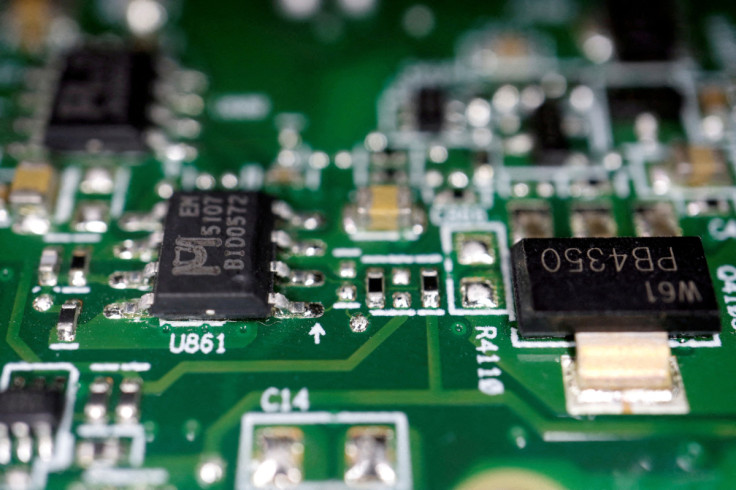
KEY POINTS
- The Global Design Center was inaugaruted on Tuesday in the South Indian city of Bengaluru
- This marks a "milestone" in AMD's commitment to expand research, development, and engineering operations in India, the company said
- India's local semiconductor production is currently low, making its dream of advanced technology manufacturing a challenge
AMD, the U.S.-based semiconductor company, hit a "milestone" with the inauguration of its largest global design center in the Indian city of Bengaluru.
As part of its $400 million investment over the next five years to expand research, development and operations in India, AMD inaugurated its largest design center in Bengaluru on Tuesday.
The inauguration of the state-of-the-art campus marked "a milestone in the company's commitment to expand research, development, and engineering operations in India," said the five-decade-old company that has been operating in India for about 20 years.
The campus will host approximately 3,000 AMD engineers in the coming years, and will focus on designing and developing semiconductor technology. The research and development will include 3D stacking, artificial intelligence, machine learning, and more, the company said.
"This investment strengthens our relationship with India and showcases our confidence in the exceptional engineering talent that the country has to offer. The relentless pursuit of engineering excellence and innovation is the cornerstone of our success. This new design center will help propel technology and product development across the AMD portfolio, fueling the next generation of high performance, adaptive and AI computing solutions for our customers around the world," said Mark Papermaster, executive vice president and chief technology officer, AMD.
"India's semiconductor program launched under the leadership of Honorable Prime Minister Narendra Modi lays strong emphasis on supporting the design and talent ecosystem for semiconductors. AMD setting up its largest design center in Bengaluru is a testament to the confidence global companies have in India," said Ashwini Vaishnaw, India's Minister for Railways, Communications & Electronics and Information Technology, who inaugurated the Bengaluru campus.
Jaya Jagadish, the country head of India for AMD, noted that 25% of the company's global workforce was located in India today.
While such investments by global titans certainly boost opportunities for India, they do not contribute to the country's aggressive Make in India campaign, said semiconductor analyst Arun Mampazhy.
"Global Design Centers (GDC) of Multinational Companies like AMD can boost job opportunities and talent in India. They do not contribute to Make-in-India as the chips are fabricated outside and owned or sold by a non-Indian company," Mampazhy said.
The Make in India initiative is part of New Delhi's overarching vision of turning India into a global manufacturing hub. Several initiatives, like the Production Linked Incentive scheme, have been launched to boost semiconductor production in the country.
India has no history of fabbing chips, which makes it a challenge for the country to push itself to the top tier of manufacturing advanced technology. Countries like China, Taiwan, and South Korea have already established themselves as semiconductor manufacturing hubs, while India is still laying the groundwork in building a complete domestic value chain for semiconductors.
"In the last three or four decades, many Integrated Device Manufacturers (like Intel) and fabless (like AMD) have set up design centers and R&D offices in India. There has been some Indian-owned design startups too," Mampazhy noted.
But "companies with more than 50% Indian ownership are said to fetch only around $200 million out of the $300 billion or more global annual revenue for chip design - not even 0.1%, which gives an idea where India stands," he added.
Although local production is currently low, experts believe India still has the potential to become a leading semiconductor component supplier in the coming years.
"The [Indian] government's initiatives, from 'Make in India' to Production Linked Incentive (PLI), will help accelerate this journey but will need some additional reforms to increase local manufacturing and sourcing of semiconductor components. If this is done, the semiconductor market can be a major contributor to economic growth, and India's push to become a $5-trillion economy," Counterpoint Research told IBT.







